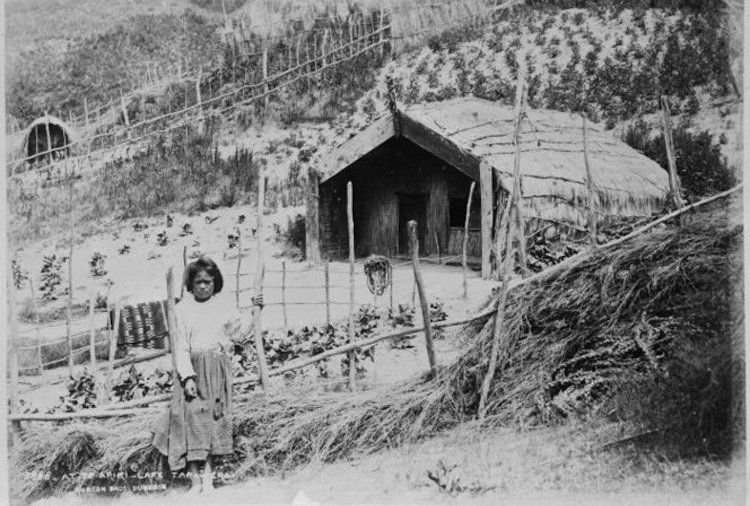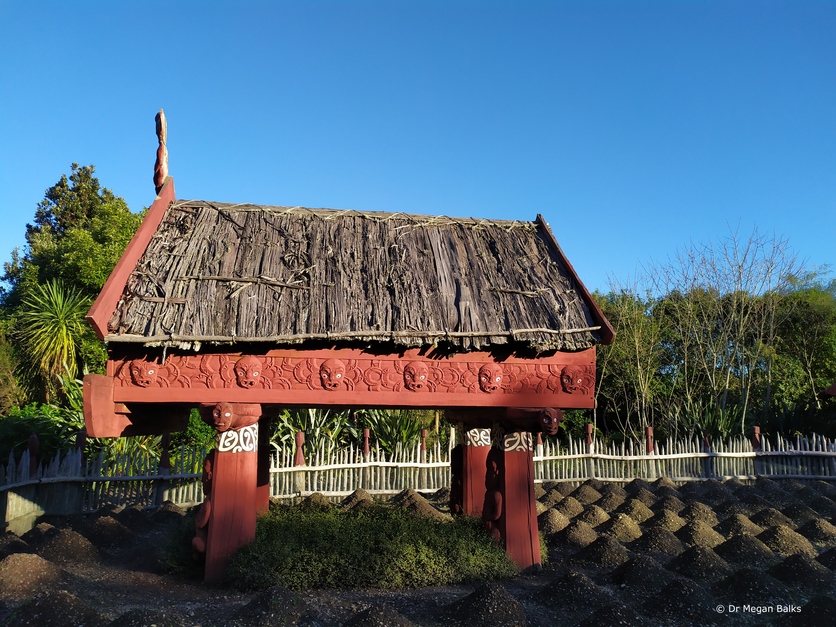When Māori arrived in Aotearoa/New Zealand in the late 13th century, they found a land quite different to the Polynesia from which they had travelled. The cooler climate meant that some of the food crops they’d brought with them could not survive. Other crops, such as kūmara, required different planting methods.
Māori brought with them knowledge of soils. Like all soil scientists, they used observation and experimentation to gather data and develop processes regarding land use.
Modifying soils to promote kūmara growth
Upon arrival, land was cleared and Māori settlers began to grow kūmara. As the seasons passed, Māori learned more about the local climate and soils. Kūmara grew best in light, sandy soil. If the existing soil was heavy and less desirable, Māori worked to modify it.
They mined gravel and sand (from areas called borrow pits) and added it to soil. There are several benefits to modifying the soil:
- Stones warm the soil, extending the growing season.
- Better drainage.
- Water condenses on the gravel at night.
- Encourages kūmara formation (size and shape).
- Protects leaves from the damp soil.
Māori also added charcoal to hold moisture and to help warm the soil. The kūmara were planted into mounds (puke) and arranged into rows.
Kūmara gardens in the Waikato
The Waikato area was home to about 2,000 hectares of modified soil. Kūmara gardens were located on lands and terraces along the Waikato and Waipā Rivers.
Te Parapara Garden in the Hamilton Gardens is an example of the once widespread kūmara gardens. The garden takes its name from the pre-European Māori settlement that occupied the site. The area was once home to Ngāti Wairere chief Haanui and was associated with sacred rituals regarding the harvesting of food.
Oneone – soils and their properties
‘Oneone’ is the Māori word for soil. ‘One’ is a prefix used when naming different soil types. For example, onepunga is a light soil, onerere is a free-draining soil and oneparaumu is a dark friable soil. Sometimes, the type of soil became a place name. Onehunga is an alluvial soil or a beach composed of mixed sand and mud. It makes sense that the Auckland suburb bearing this name borders the Manukau Harbour.
Another prefix to describe soil properties is ‘kere’ – clay soil. Kerewhenua is yellow clay, and kerematua is stiff clay.
Nature of Science
Scientists approach and solve problems in lots of different ways using imagination, creativity, prior knowledge and perseverance. When Māori first arrived in New Zealand, their horticultural experts would have used several of these approaches to grow the food crops they’d brought with them.
Related content
In the 2020 Connected article Whakaotirangi and her kete of kūmara, learn how Tainui ancestor Whakaotirangi first brought kūmara and other plants to Aotearoa and the techniques she used to plant, grow and store them.
Tupuānuku – land and soil looks at the whakapapa and mauri of oneone – and the value of soils to Aotearoa.
Useful links
Visit the Manaaki Whenua Landcare Research Pātaka Oneone soils portal. The Soils in te ao Māori section has a selection of resources on history, names, agriculture and more.
Visit Te Ara to read about Māori soil traditions and soil uses.
Find out more about Te Parapara – the only garden of its kind in the world.
Professor Nick Roskruge discusses the whakapapa of soil in this Stuff article.



